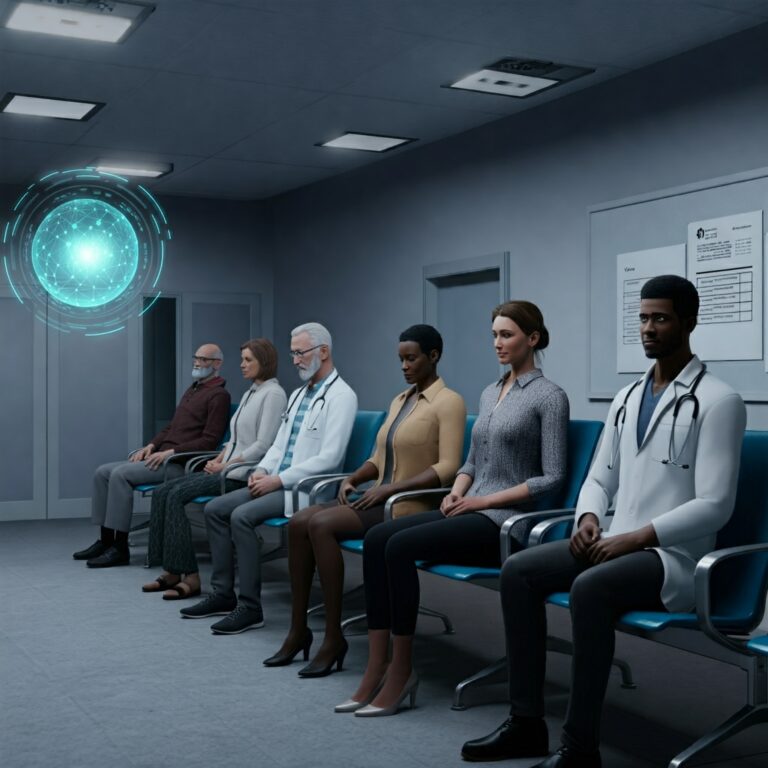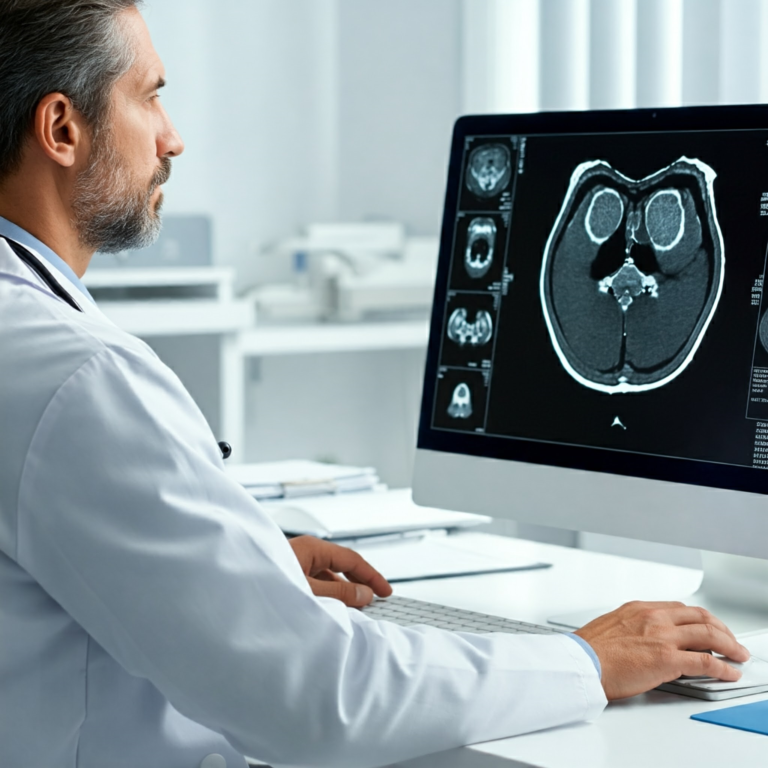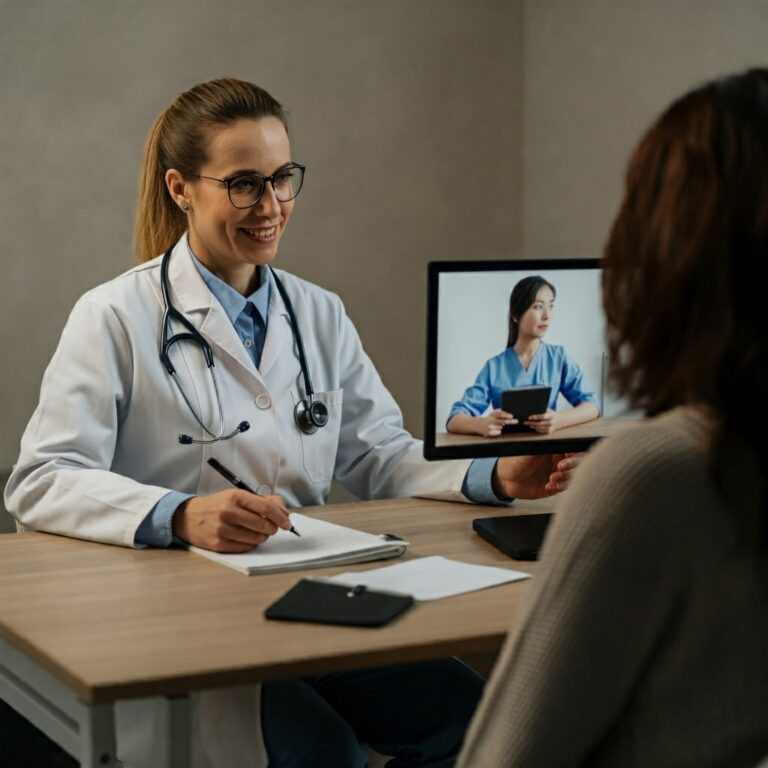RPM: The Telemedicine Disruptor Reshaping Healthcare’s Future
The healthcare landscape is undergoing a dramatic transformation, fueled by technological advancements and evolving patient expectations. Telemedicine, once a niche offering, has become a mainstream modality, connecting patients and providers across geographical barriers and offering convenient, accessible care. Within this burgeoning field, Remote Patient Monitoring (RPM) is emerging as a powerful disruptor, poised to reshape the future of healthcare delivery and usher in an era of proactive, personalized medicine.
Telemedicine: A Sector Overview and Its Integration within Healthcare
Telemedicine encompasses a broad range of technologies enabling the delivery of healthcare services remotely. From virtual consultations and remote diagnosis to patient education and mental health support, telemedicine has expanded its reach across various medical specialties. Its integration within the broader healthcare industry is accelerating, driven by several key factors:
- Increased demand for accessible care: Aging populations, rising chronic disease prevalence, and geographical disparities in healthcare access have created a pressing need for alternative care delivery models. Telemedicine offers a solution, extending the reach of healthcare providers and enabling patients to receive care from the comfort of their homes.
- Technological advancements: Rapid advancements in mobile technology, high-speed internet connectivity, and wearable sensor technology have made telemedicine more accessible, reliable, and user-friendly.
- Cost-effectiveness: Telemedicine has the potential to reduce healthcare costs by minimizing the need for expensive hospital visits, emergency room admissions, and transportation expenses. It can also improve efficiency by streamlining administrative processes and optimizing provider schedules.
- Shifting patient preferences: Patients are increasingly embracing digital health solutions and seeking convenient, personalized care options. Telemedicine aligns with these preferences, empowering patients to take control of their health and actively participate in their care journey.
RPM: The Game-Changer within Telemedicine
While telemedicine encompasses a broad spectrum of services, RPM stands out as a particularly transformative force. RPM involves the continuous collection and transmission of patient physiological data (e.g., blood pressure, heart rate, weight, glucose levels) from remote locations to healthcare providers. This real-time data stream enables proactive monitoring, timely interventions, and personalized care management, leading to improved patient outcomes and reduced healthcare costs. RPM is proving particularly impactful in managing chronic conditions such as diabetes, hypertension, heart failure, and chronic obstructive pulmonary disease (COPD).
Key Trends Shaping the Future of RPM:
- Integration of Artificial Intelligence (AI) and Machine Learning (ML): AI and ML algorithms are being integrated into RPM platforms to analyze patient data, identify trends, predict potential health exacerbations, and personalize treatment plans. This predictive capability allows for proactive interventions, preventing hospitalizations and improving patient outcomes.
- Expansion of Wearable Technology: The proliferation of wearable devices, including smartwatches, fitness trackers, and specialized medical sensors, is fueling the growth of RPM. These devices provide a convenient and non-invasive way to collect continuous physiological data, empowering patients to actively participate in their own health management.
- Focus on Patient Engagement and Empowerment: RPM platforms are increasingly incorporating features that promote patient engagement, such as personalized educational materials, interactive dashboards, and gamification elements. These features empower patients to take ownership of their health and actively participate in their care.
- Growing Adoption of Remote Therapeutic Monitoring (RTM): RTM, a subset of RPM, focuses on monitoring medication adherence and providing support for patients undergoing treatment for substance use disorders or chronic pain. RTM is gaining traction as a valuable tool for improving treatment outcomes and reducing relapse rates.
- Increased Integration with Electronic Health Records (EHRs): Seamless integration between RPM platforms and EHRs is crucial for streamlining data sharing, improving care coordination, and reducing administrative burden.
Key Statistics Highlighting RPM’s Impact:
- The global RPM market is projected to reach $[Insert latest market size projection and source] by [Insert latest market size projection year and source].
- Studies have shown that RPM can reduce hospital readmissions by [Insert percentage and source] and emergency room visits by [Insert percentage and source].
- RPM has demonstrated significant cost savings for healthcare providers, with some studies reporting reductions in annual healthcare costs of up to [Insert percentage and source] per patient.
Recent Market News and Developments:
- [Include 2-3 recent news items related to RPM, such as new product launches, partnerships, mergers and acquisitions, regulatory updates, or significant research findings. Provide links to relevant sources.]
Summary: RPM: The Telemedicine Disruptor Reshaping Healthcare’s Future
RPM is rapidly transforming the healthcare landscape, offering a powerful and innovative approach to managing chronic conditions, improving patient outcomes, and reducing healthcare costs. By enabling continuous monitoring, proactive interventions, and personalized care management, RPM is empowering patients to take control of their health and actively participate in their care journey. As technology continues to advance and adoption rates continue to rise, RPM is poised to play an increasingly important role in shaping the future of healthcare, moving us towards a more proactive, patient-centered, and value-based system. The convergence of AI, wearable technology, and increased patient engagement will further propel the growth of RPM, creating exciting opportunities for both patients and healthcare providers. The ability to predict and prevent health exacerbations, personalize treatment plans, and empower patients through real-time data insights will redefine how healthcare is delivered, making RPM a true game-changer in the ongoing evolution of telemedicine and the broader healthcare industry. For professionals in the telemedicine sector, understanding the evolving dynamics of RPM and its potential impact is crucial for staying ahead of the curve and capitalizing on the immense opportunities this disruptive technology presents. The future of healthcare is increasingly connected, and RPM is at the forefront of this transformative shift.
















